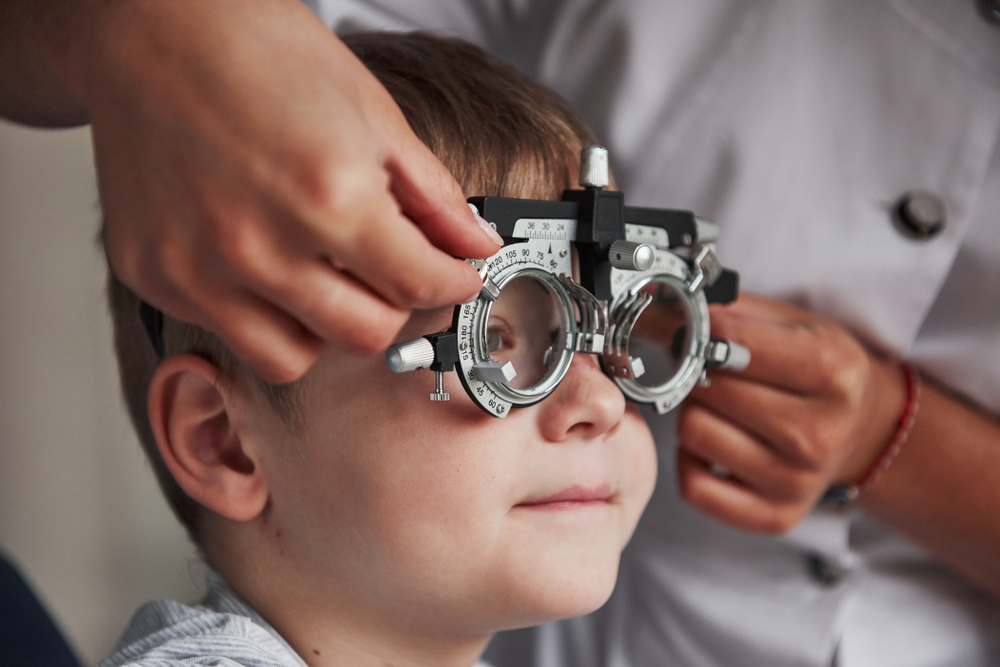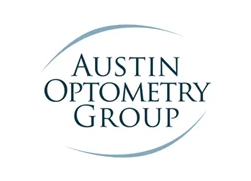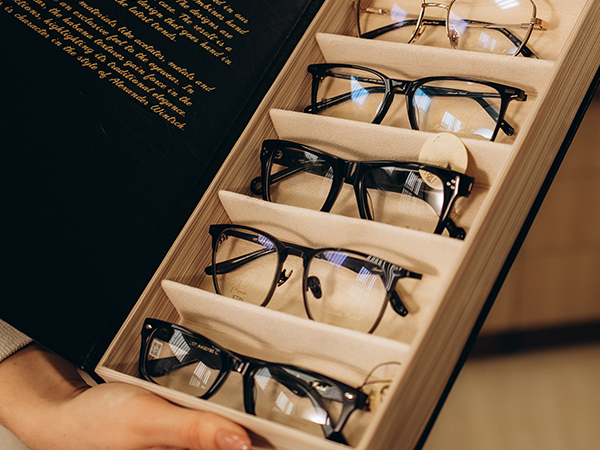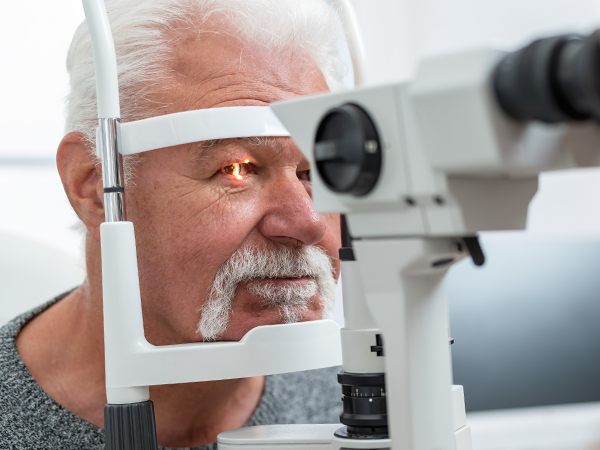
When was the last time your child had an eye exam? Many parents don’t realize just how essential early eye care is for children’s growth and development. From detecting vision issues that can affect school performance to supporting healthy eye development, pediatric eye exams play a crucial role in your child’s overall well-being.
When Should Children Have Their First Eye Exam?
Many parents are surprised to learn that vision problems can be present even in infancy. The American Optometric Association (AOA) recommends the following timeline for pediatric eye exams:
First exam: Between 6 and 12 months of age
Second exam: At least once between ages 3 and 5
Before first grade and annually thereafter: Beginning at age 6, or sooner if recommended by your optometrist
Early exams help detect any potential issues such as amblyopia (lazy eye), strabismus (crossed eyes), or significant refractive errors that could impact your child’s vision and development.
Why Are Pediatric Eye Exams Important?
Good vision is crucial for children as they learn and grow. Eye exams do much more than check for 20/20 vision. They assess how well the eyes work together, how they track moving objects, and whether there are any underlying health conditions. Undetected vision problems can lead to:
Delays in reading and learning
Behavioral challenges
Trouble with sports or activities
Headaches and eye strain
Regular eye exams can help prevent these issues by catching problems early - often before your child even notices a difference in their vision.
What to Expect During a Pediatric Eye Exam
A pediatric eye exam is designed to be comfortable and stress-free for children. The visit typically begins with a review of your child’s health and family history. The optometrist will ask about any concerns you may have regarding your child’s vision or eye health to get a clear understanding of their needs.
Next, the optometrist will perform vision testing using age-appropriate methods. Depending on your child’s age and ability to communicate, this could involve reading letters on an eye chart or identifying pictures and shapes. These tests help determine your child’s visual acuity.
The doctor will also assess how well your child’s eyes work together by checking eye alignment and movement. This step is important for detecting issues such as crossed eyes or focusing problems, which can impact vision and development.
An evaluation of your child’s overall eye health is also performed. Using gentle lights and specialized instruments, the optometrist examines both the inside and outside of your child’s eyes to look for any signs of disease or underlying conditions.
Finally, if any vision correction or further monitoring is needed, the optometrist will discuss recommendations and next steps. This might include prescribing glasses, suggesting myopia management treatment, or scheduling follow-up visits to ensure your child’s eyes stay healthy.
Schedule Your Child’s Eye Exam Today
Pediatric eye exams are a vital part of ensuring your child’s healthy development. Early detection of vision problems can make a world of difference in your child’s learning, confidence, and overall quality of life. By following recommended guidelines and staying proactive, you’re setting your child up for success.
At Austin Optometry Group, we’re dedicated to providing gentle, thorough, and personalized eye care for children of all ages. If it’s time for your child’s eye exam or if you have concerns about their vision, contact us to schedule an appointment. Visit our office in Austin, Texas, or call (512) 454-4641 today.




